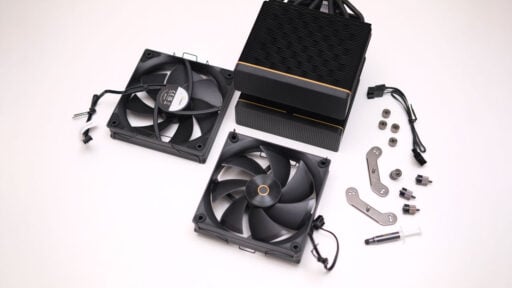The ROG Gladius II Wireless is one of the latest iterations of the Gladius series of gaming mice from ASUS. It features the same body, same amount of buttons and the same push-fit switch design we’ve seen from the older models.
What’s new though is of course that it features dual wireless connectivity. Dual, since the Gladius II Wireless comes with RF 2.4GHz and Bluetooth. In lieu with these features, the new Gladius also got an upgraded sensor in the form of the PixArt PMW3389.
Table of Contents:
- 1 Technical Specifications
- 2 Packaging and Accessories
- 3 Design, Layout and Build Quality
- 4 Test Setup and Methodology
- 5 Physical Layout, Functionality and Ergonomics
- 6 DPI Accuracy
- 7 Mouse Acceleration
- 8 Polling Rate Performance
- 9 Tracking Performance
- 10 Software, Lighting and Special Features
- 11 Final Thoughts
Technical Specifications
| Mouse | |
| Size | Medium-Large |
| Layout | Right-handed |
| Design | Traditional |
| Macro | Yes |
| Profile | Yes |
| Software | Yes |
| Interface | Wireless: 2.4Ghz + Bluetooth |
| Polling Rate | 125, 250, 500, 1000Hz |
| Lighting | RGB |
| Switch | OMRON D2FC-F-K, OMRON D2F-O1F |
| Buttons | 6 |
| Cable Length | NA |
| Sensor | |
| Type | PixArt PMW3389 |
| DPI | 400-16000 DPI |
| Acceleration | 50G |
| Dimensions | |
| Length | 126mm |
| Width | 67mm |
| Height | 45mm |
| Weight | 130 grams |
Packaging and Accessories
The ASUS ROG Gladius II Wireless comes packed inside your usual gaming mouse packaging. It comes with the following documentations and accessories inside:
- USB dongle
- 2m braided USB cable
- 1m USB cable
- 2x OMRON switches
- ROG logo sticker
- ROG pouch
Design, Layout and Build Quality
The ASUS ROG Gladius II Wireless is a medium to large gaming mouse with a sculpted right-handed design. It basically features the same Gladius design ever since. This mouse weighs in at 130 grams which is good enough for a wireless device.
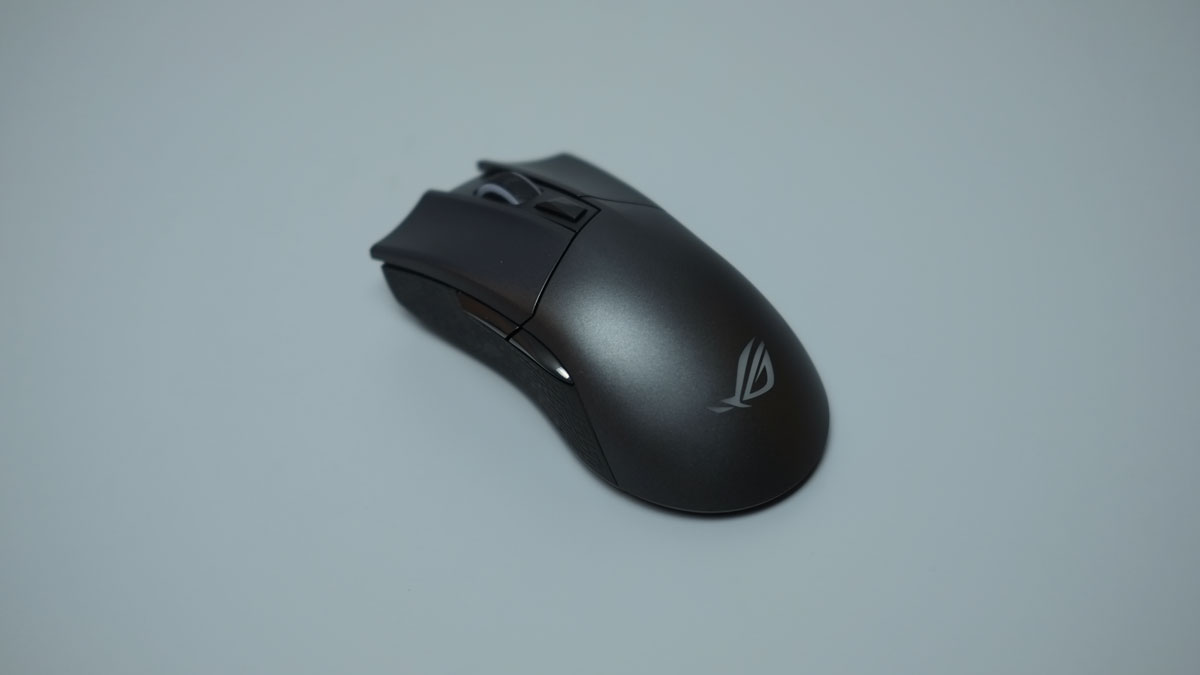
The Gladius II Wireless has a total of 6 buttons including the scroll wheel. They feel great, especially the swap-able OMRON switches for the main buttons. ASUS’ selection of Japanese switches is just excellent.
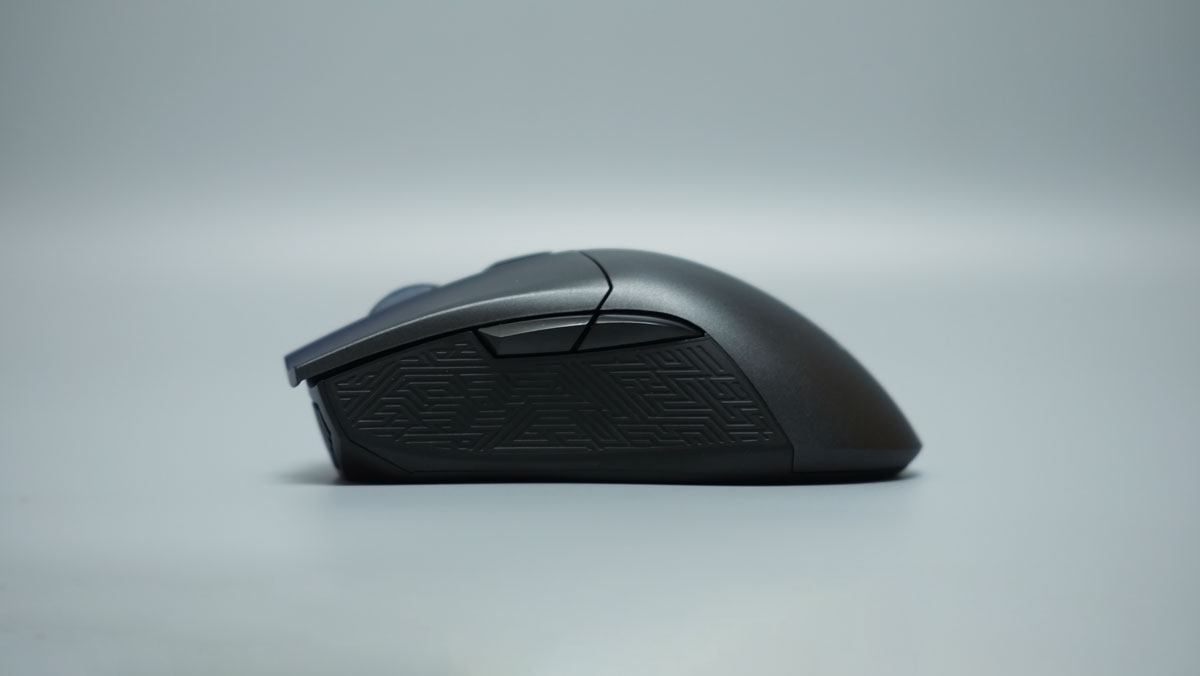
The side profile clearly shows the design of the grips. With that said, ASUS still opted with a textured rubber for its finish. These are prone to catch dirt and other debris but are easier to clean than most deeper grip designs.
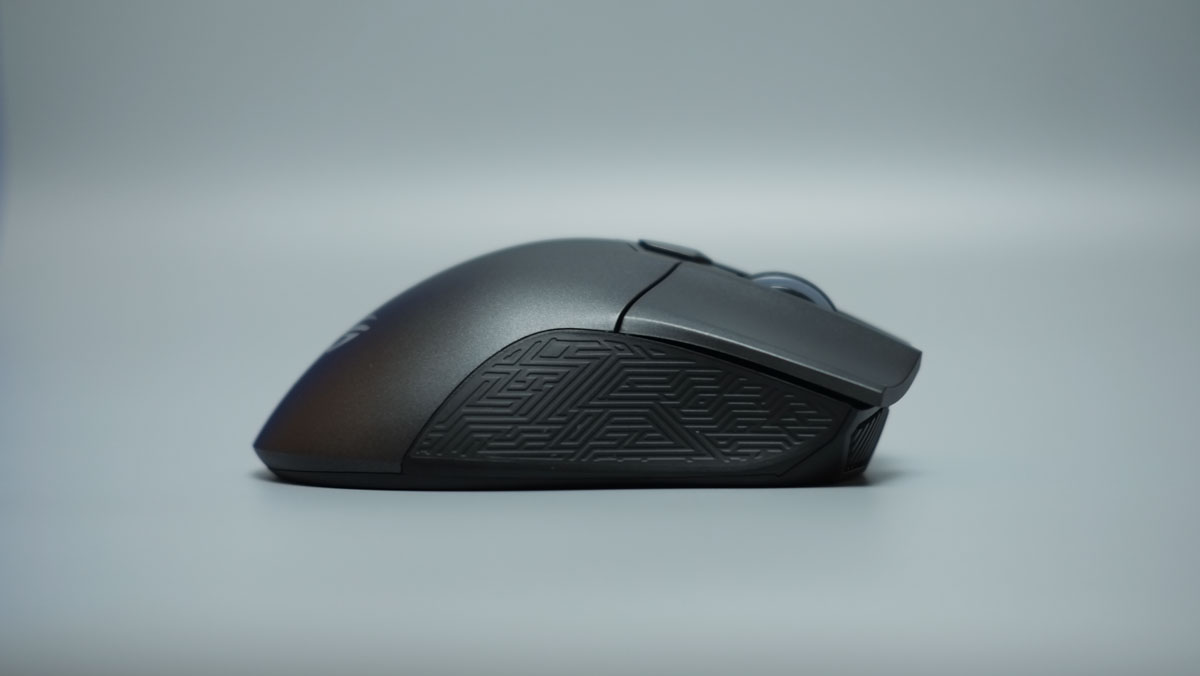
The top shell construct is made out of a 3 piece plastic allowing the Gladius II to feature a uniformed feedback for both its main buttons. The scroll wheel on the other hand felt really smooth while the DPI button is almost flush to the shell. It has a proprietary Micro USB slot though.
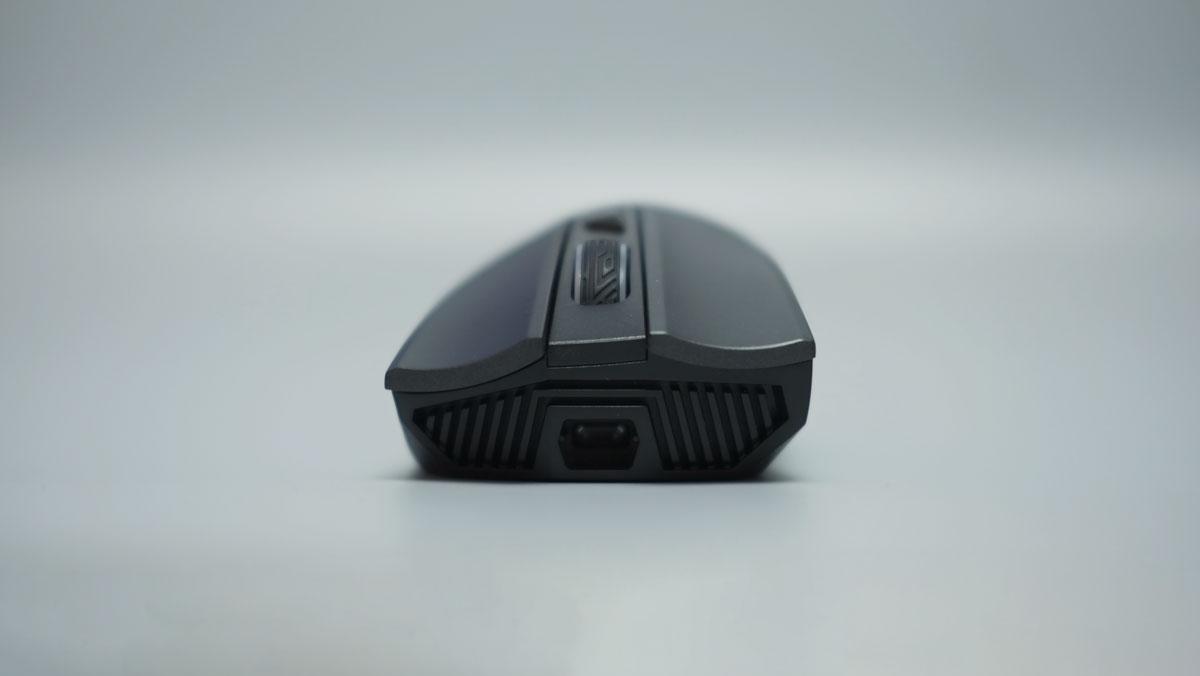
The skates are medium sized 4 piece Teflons – excellent gliding materials. The switch for both wireless modes are located at the bottom and there are four rubber sealed holes for the maintenance. This is one of the highlights of the Gladius ever since, allowing gamers to easily access the swap-able switches without destroying the Teflon skates in the process.
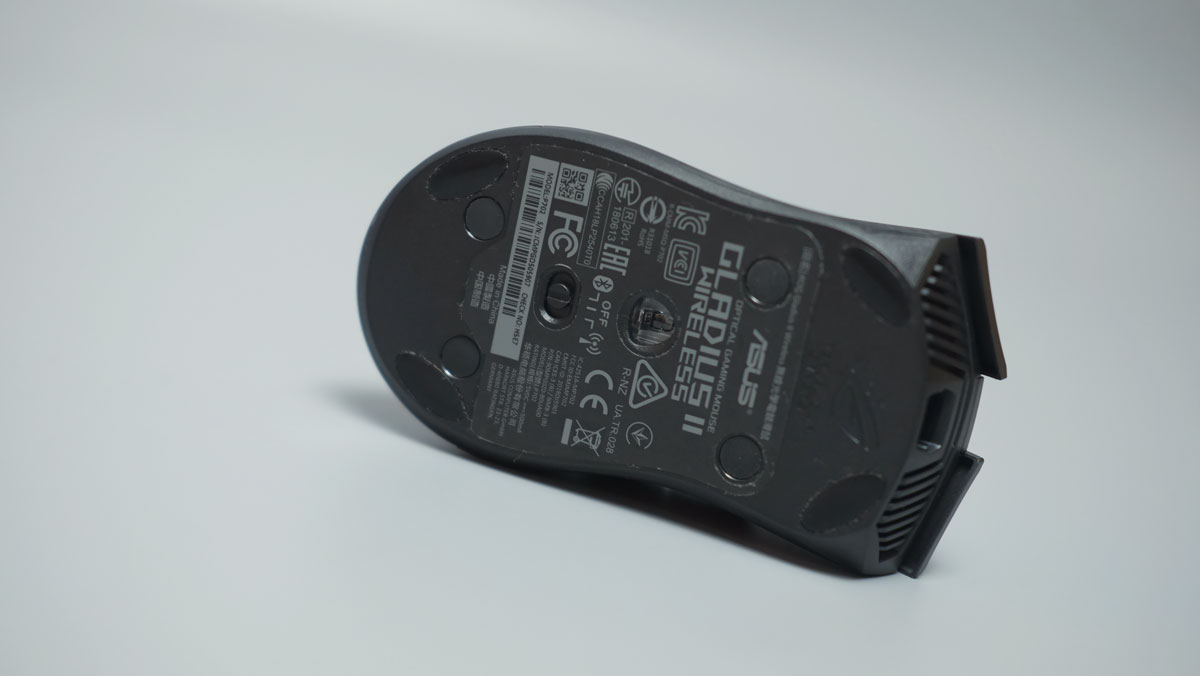
Now while the cables are proprietary, ASUS kindly added a shorter non-braided cable into the mix. This is an excellent approach so props to ASUS for providing both options.
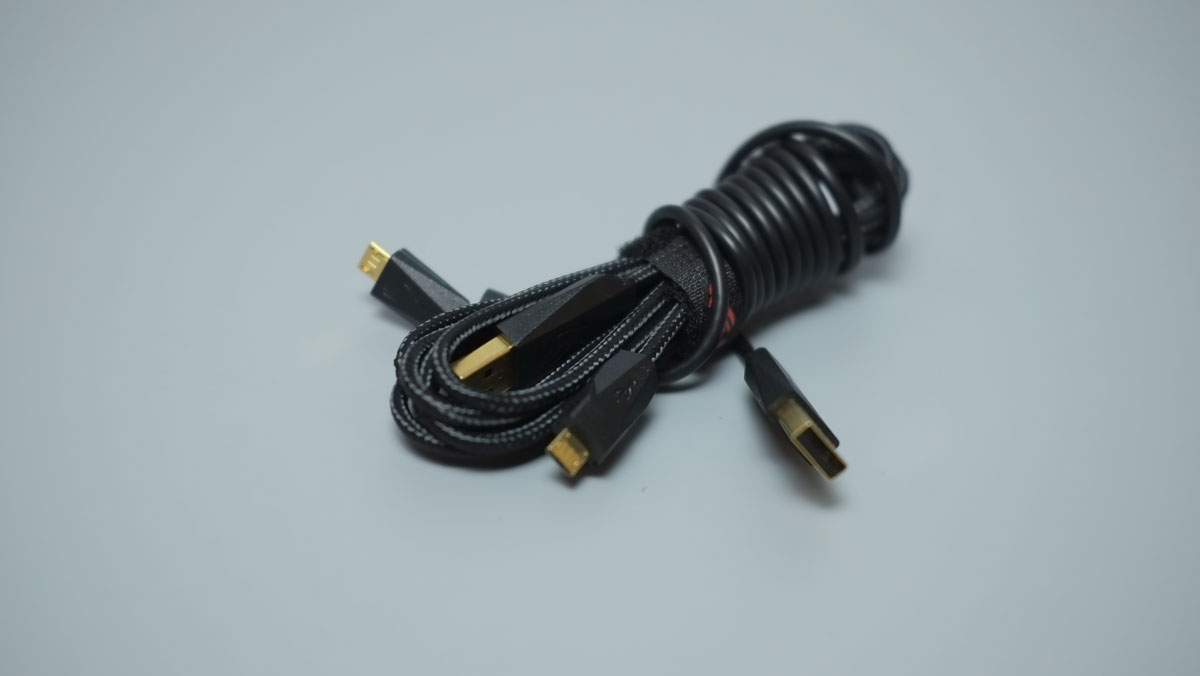
Test Setup and Methodology
Testing a gaming mouse is not that difficult, but it is mostly subjective; similar to testing head gears in a sense. That said, no mouse is perfect and the verdict usually depends on personal preferences. With that in mind, we are overhauling our testing methodology by following key pointers that should matter the most; that includes the sensor performance, the size, grip and comfort. To keep our test methodology simple and free of extra variables, please note the following software and configurations used below.
| Test Setup | |
| Pointer Speed | 6/11, EPP Disabled |
| Sensitivity | 800, 1600, 3200, If possible |
| Polling Rate | 1000Hz, If possible |
| Software | MouseTester V1.5.3 |
Physical Layout, Functionality and Ergonomics
Your grip and aiming style are important things to consider when looking for a mouse. There are four basic types of grips here; the fingertip, claw, palm and hybrid grips. Fingertip grip is generally preferred when aiming with the wrist, while palm grip is the choice when aiming with the arm. Claw and hybrid grips are middle ground options for both aiming styles. Of course, you could go with a hybrid of both grip and aiming styles if they suit you best.
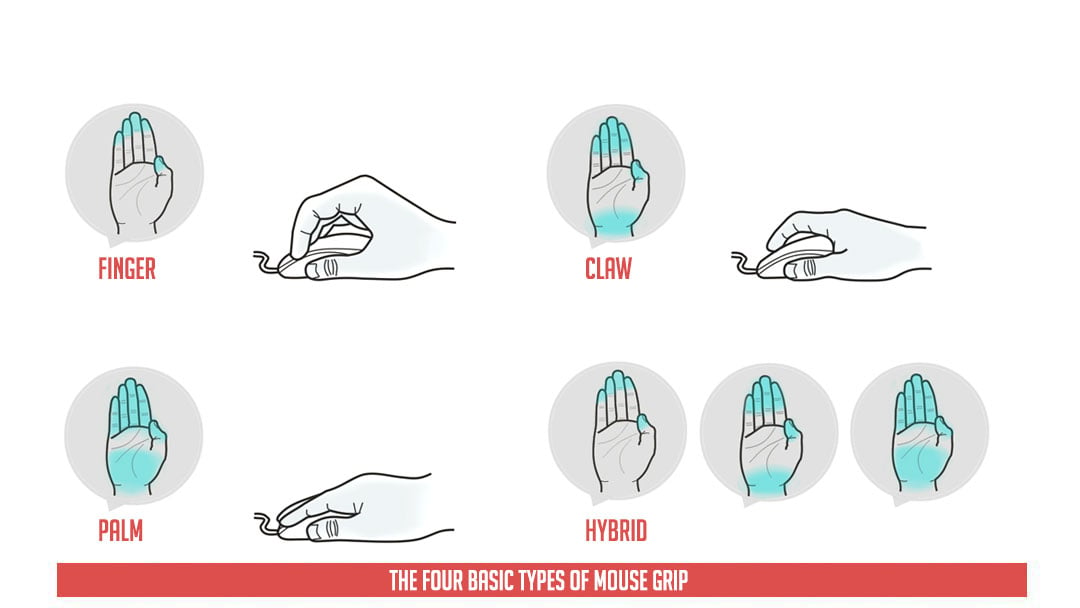
Your hand size also influences what mouse you should buy on top of your grip and aiming style. For an instance, my hands measures at 7 inches x 3.5 inches (length x width). This puts my hands on the small to medium size category. My style is finger-tip grip, so I would generally look for a mouse with a small to medium foot print.
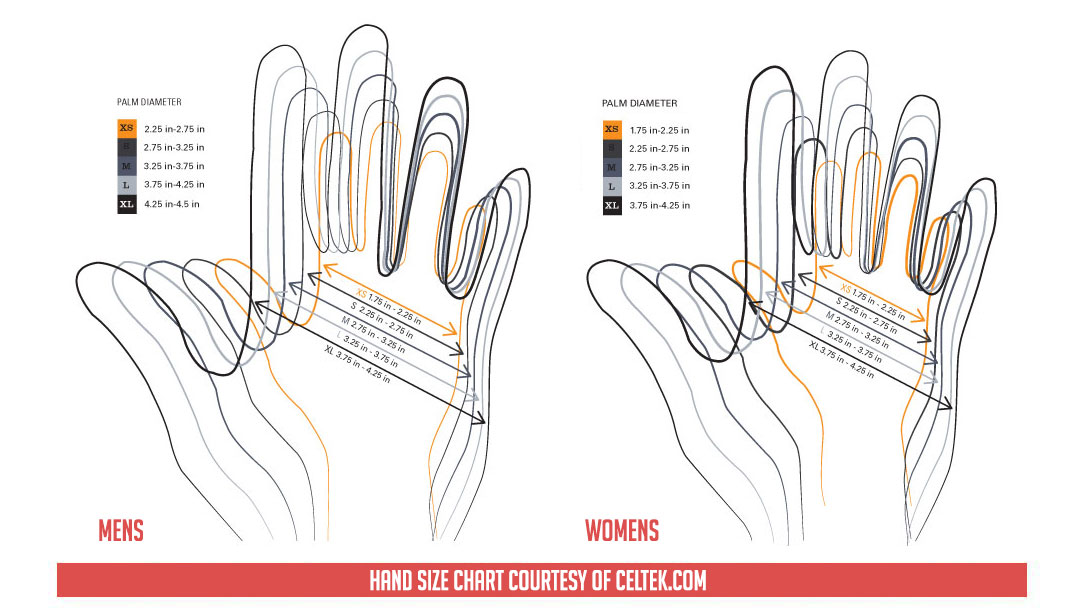
The ASUS ROG Gladius II feature a length at roughly 4.9 inches and a grip area at around 2.6 inches base-to-base. The highest point of the shell is at 1.7 inches with a pronounced curvature. This makes the mouse ideal for palm and claw grip gamers with medium to large hand sizes. If you have smaller hands and you prefer finger and claw grip styles, pick something else.
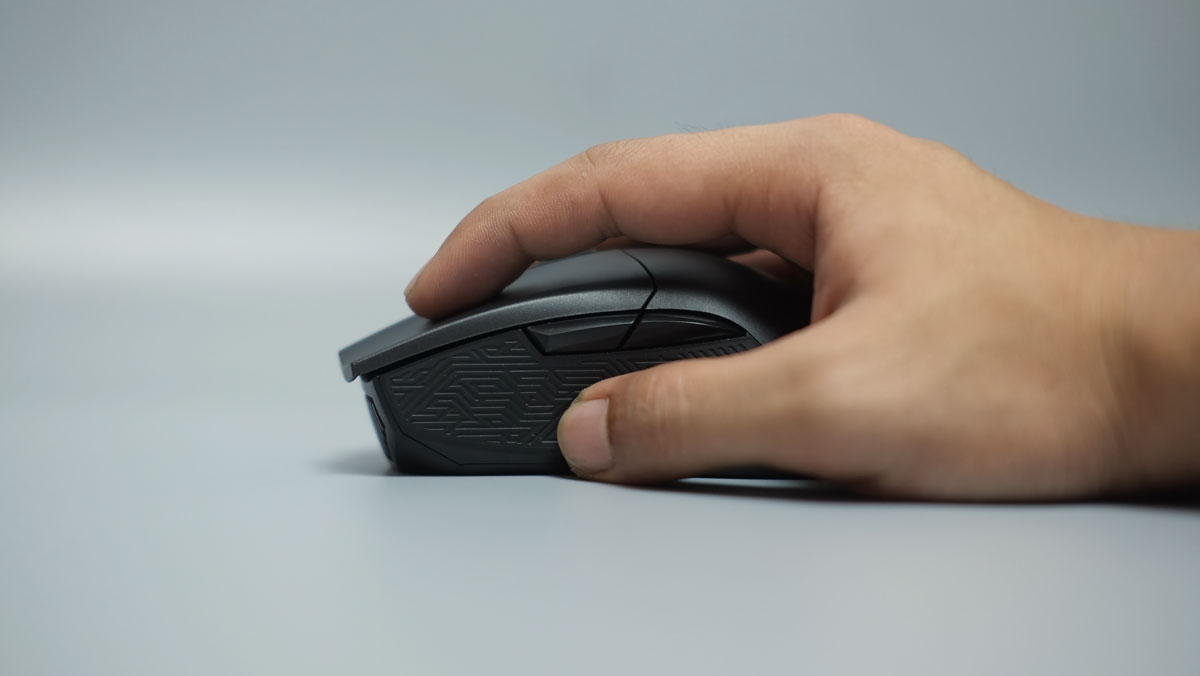
For medium sized hands, the Gladius II is just excellent to palm and claw grip. If you have larger hands, finger tip griping are also possible. Both wrist and arm aiming shouldn’t be an issue with this gaming mouse especially with the 130 gram weight. Flick-able, with excellent ergonomics in tow.
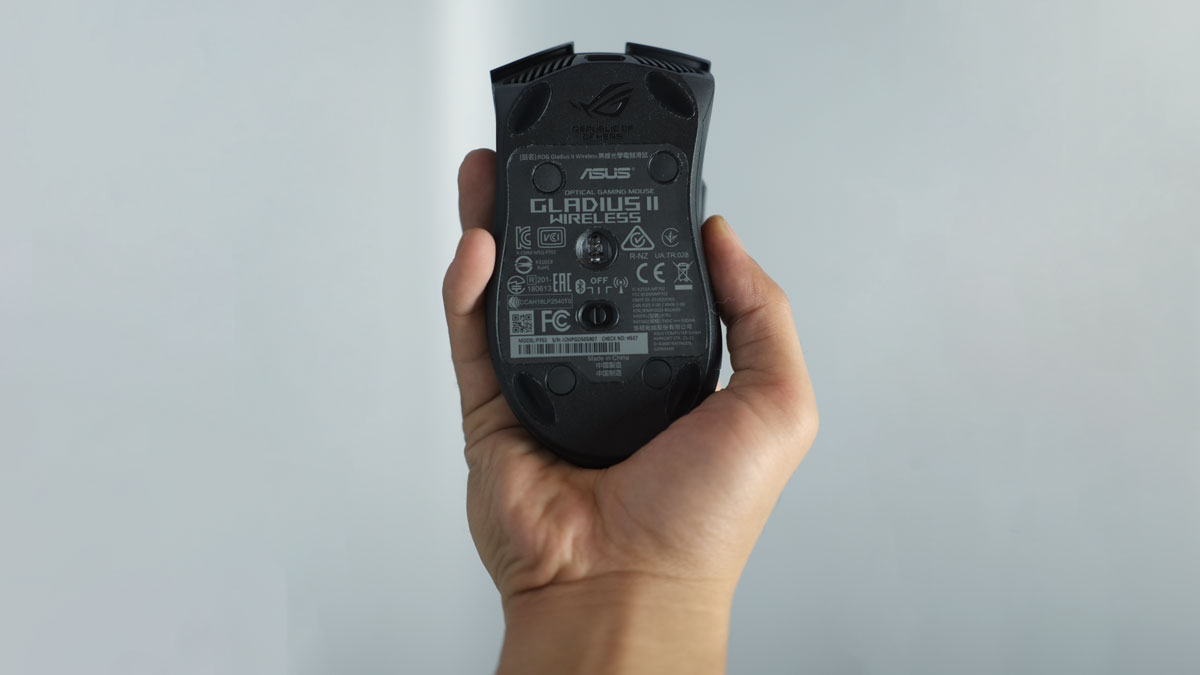
DPI Accuracy
DPI accuracy at industry standard DPI levels is checked with the MouseTester V1.5.3. We rigged the mouse on a camera slider to check the DPI accuracy at 800, 1600 and 3200 DPI. Anything under 3% is considered accurate.
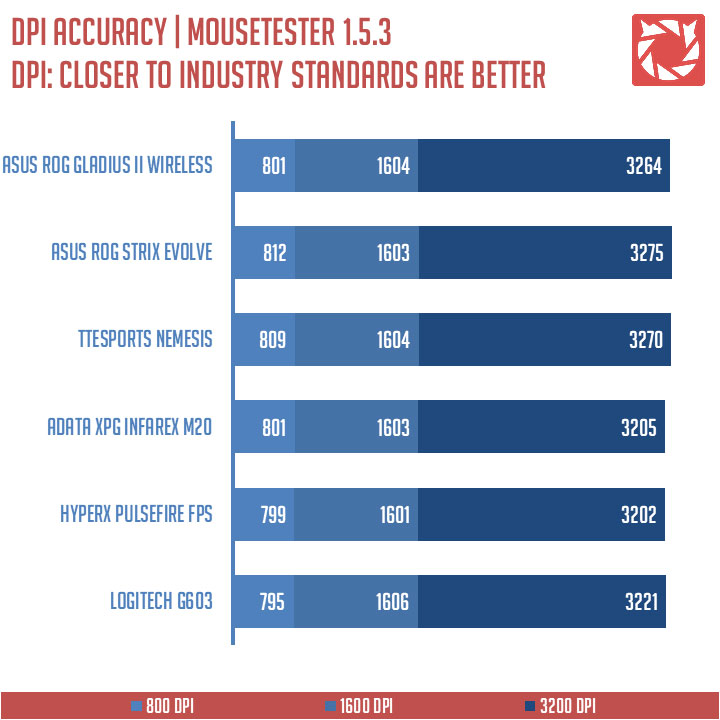
Actual DPI levels are within 3% from the norm. That said, the mouse is perfectly accurate so there’s no reason to fine tune DPI levels via the software or any other means.
Mouse Acceleration
Mouse acceleration at industry standard DPI levels is also checked with the MouseTester V1.5.3. We rigged the mouse on a camera slider similar to our DPI accuracy test to measure the displacement from a slow paced movement and a fast flick. Anything under 3% is considered accurate.
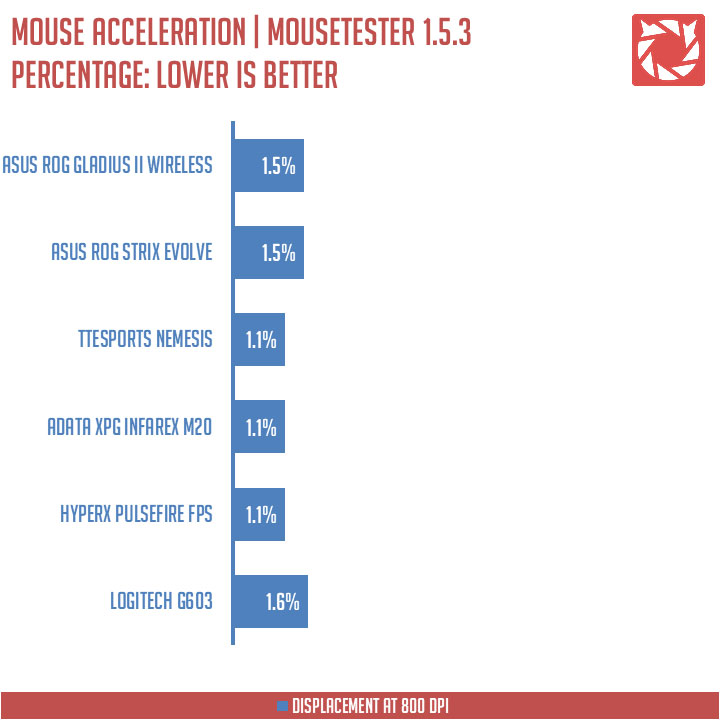
Unintended mouse acceleration when the feature is disabled is practically out of the equation. The displacement in percentage you’ll see here are most likely just human error.
Polling Rate Performance
The Polling Rate of the device is evaluated with the MouseTester V1.5.3 at the 800 DPI level. This is to check the mouse update rate performance at 1000Hz if possible.
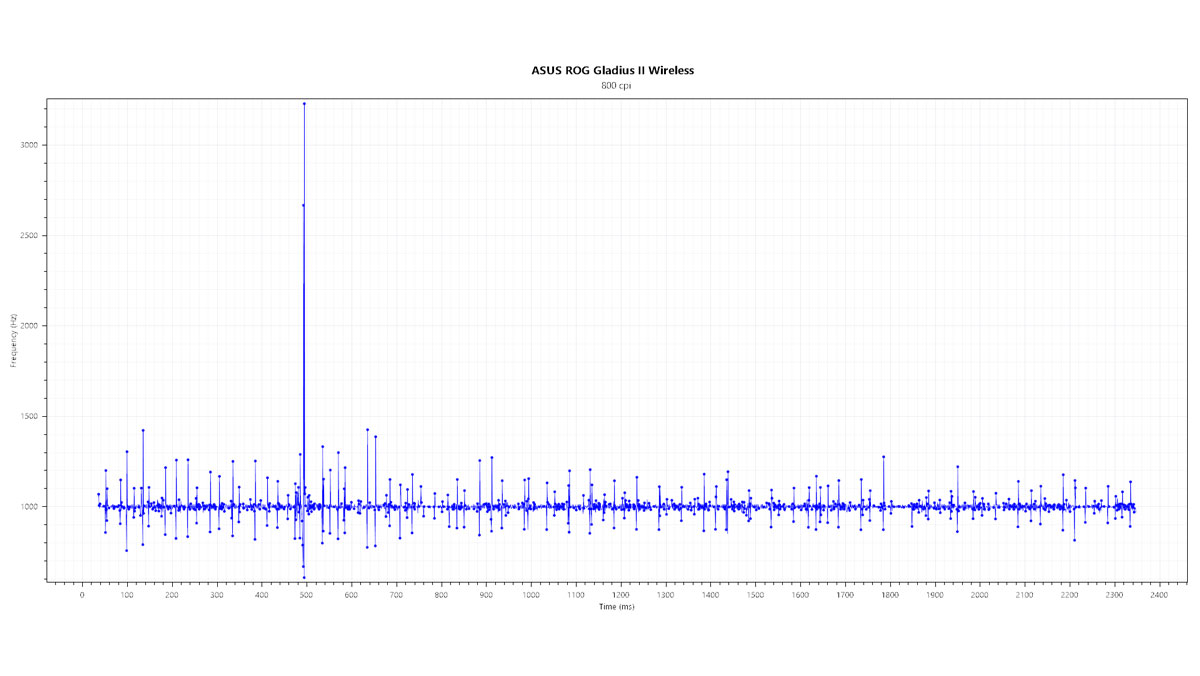
Wired polling rate is not the most consistent out of all the mouse I’ve tested. It isn’t bad though, but the wireless polling rate could be a little better, dipping down the 500Hz range and staying there for a few milliseconds until it goes back up at 1000Hz.
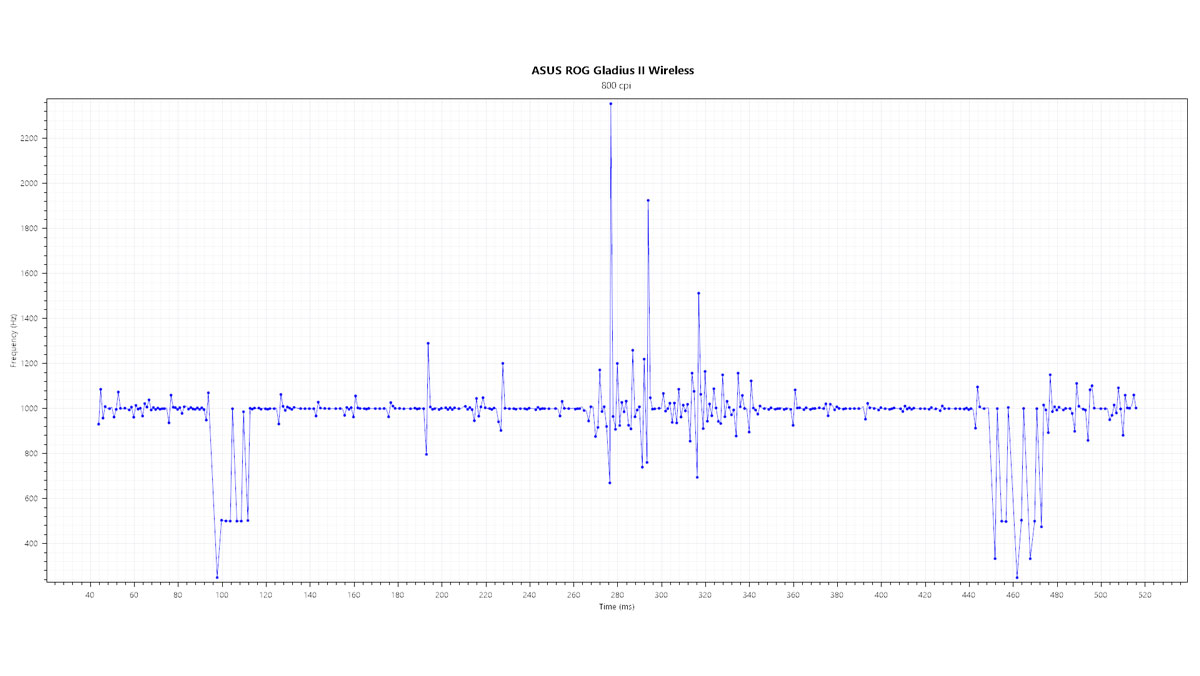
Tracking Performance
Mouse tracking performance is evaluated with the MouseTester V1.5.3 with a DPI level of 800 DPI. Our aim is to check out the sensor’s performance; and to look for reporting inconsistencies and smoothing.
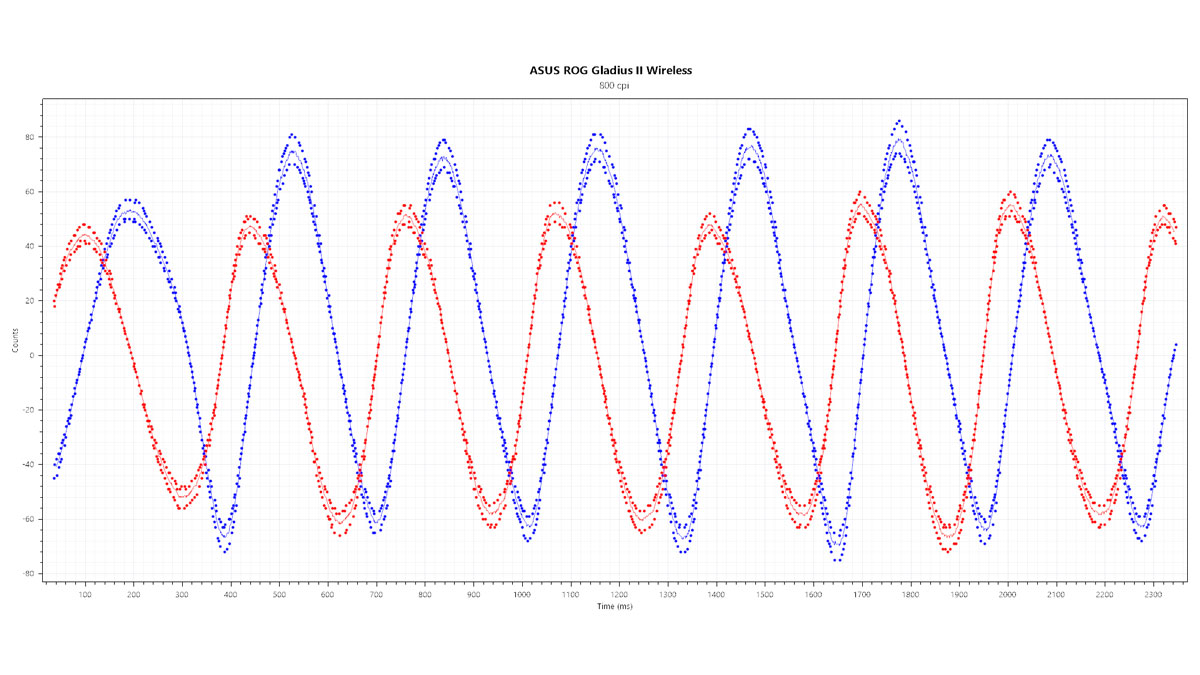
Excellent wired tracking performance we got here with the Gladius II. Wireless is not bad either, with a few unnecessary jumps in report count.
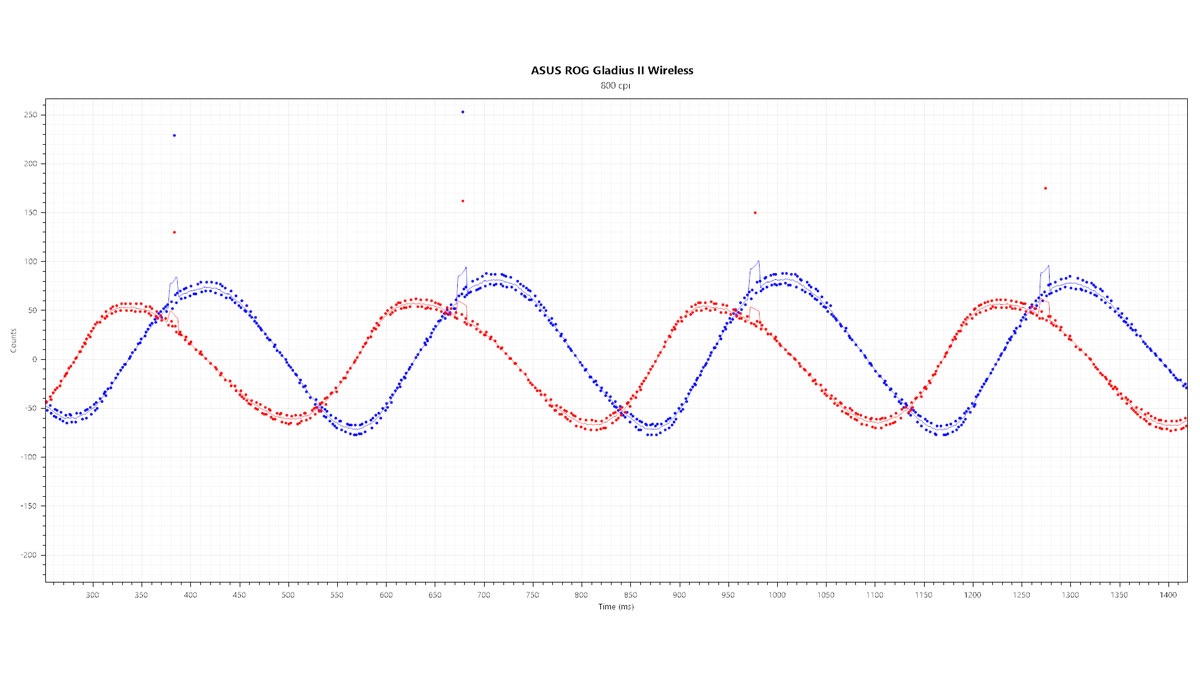
Software, Lighting and Special Features
The ASUS ROG Gladius II Wireless comes with support for the ARMOURY II software. This allows the gamer to maximize its full potential with lighting options, profiles and even fine tuning options.
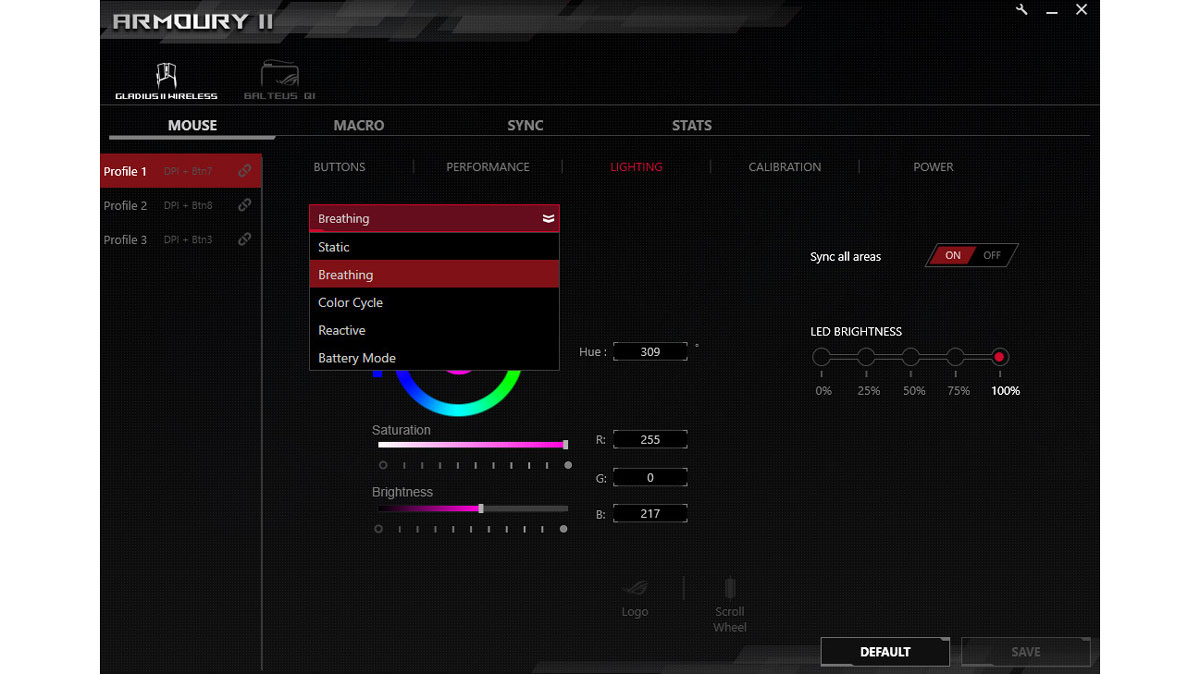
The ASUS ROG Gladius II Wireless defaults at 500Hz with a 12ms button response. That said, it is ideal to download the ARMOURY II to set the polling rate at 1000Hz and the button response at 4ms.
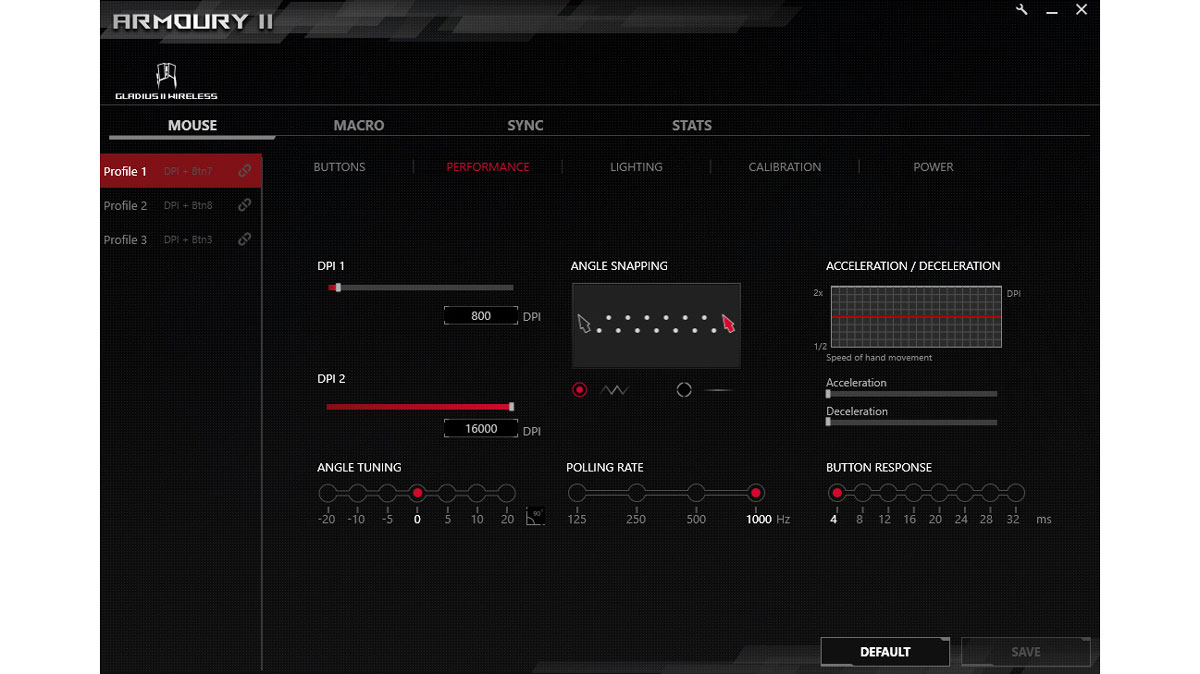
One of the features of the ASUS ROG Gladius II Wireless is the ability to use it as a Bluetooth device. This is an excellent option to save battery life since the Gladius II uses the BLE (low energy) standard. Never attempt competitive gaming with Bluetooth though.
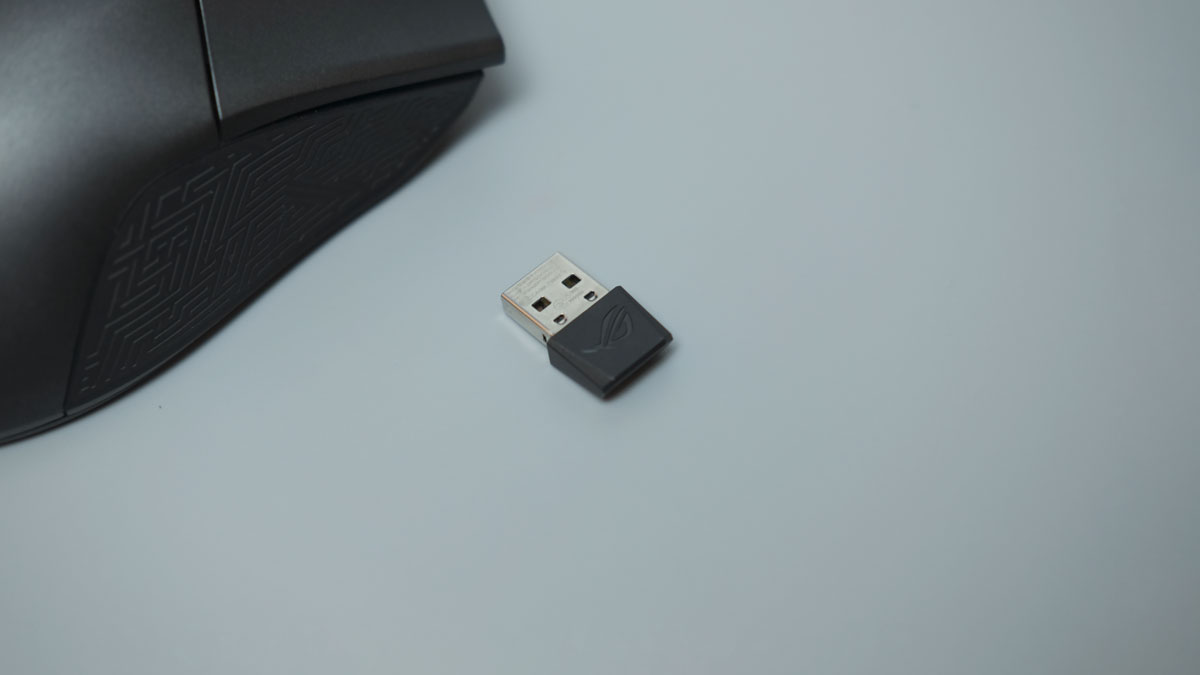
The defining feature of the ASUS ROG Gladius II Wireless or rather the Gladius series itself is the ROG-exclusive socket design. This basically allows you to remove the shell with a few screws to access its innards. You may even change its 800mAh battery if you’re able enough. That, together with the removable switches made the Gladius II Wireless an exceptionally good mouse when it comes to maintenance and customization.
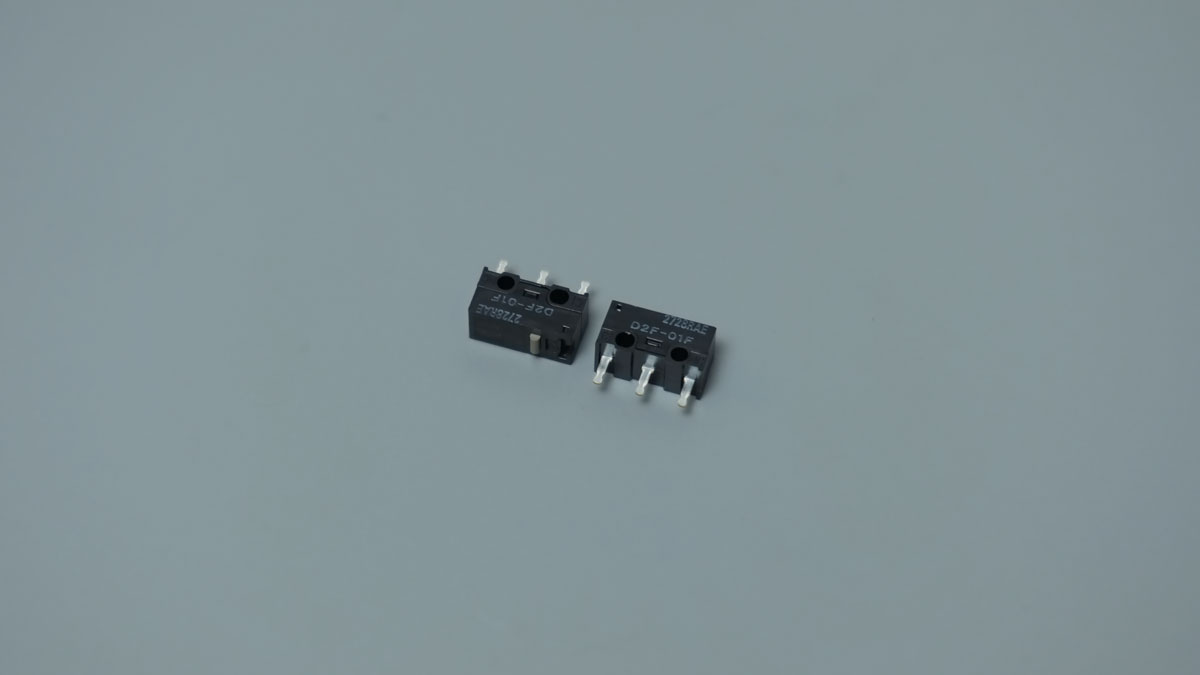
Of course, lighting is also superb. This is ASUS ROG we’re talking about after all.
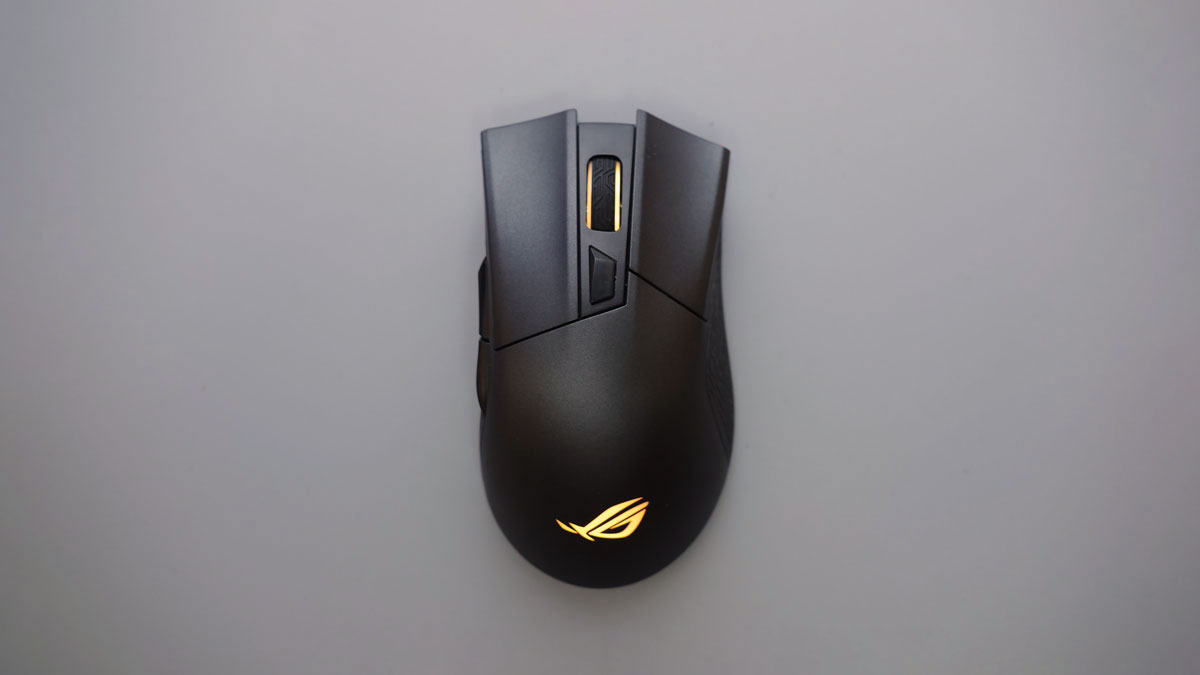
As for the battery life, it’ll get you about 4 days of use with the 2.4GHz mode and a little over a week with Bluetooth. Using a lower polling rate and with the lighting disabled will net you an even better battery life.
Final Thoughts
The ROG Gladius II Wireless is yet another excellent gaming mouse from ASUS. It featured everything we love from the Gladius series with a proper wireless upgrade apt for the gamers this side of the year.
The PMW3389 is a fantastic upgrade here with a matching low latency 2.4GHz RF connection. Both technologies allowed the Gladius II Wireless to even match my G304 when it comes to wireless performance. BLE sucks though.
Coming in hot at around 6199 Pesos or about $109 USD internationally, the ASUS ROG Gladius II Wireless is definitely not cheap at all. It’s that part of the deal that you have to swallow with most ROG devices. Even then, the Gladius II Wireless encapsulates everything you love about the series without any strings attached.
ASUS ROG Gladius II Wireless Mouse
Summary
Coming in hot at around 6199 Pesos or about $109 USD internationally, the ASUS ROG Gladius II Wireless is definitely not cheap at all. It’s that part of the deal that you have to swallow with most ROG devices. Even then, the Gladius II Wireless encapsulates everything you love about the series without any strings attached.
Pros
- Appealing design
- Excellent ergonomics
- PMW3389 inside
- Excellent build quality
- 3-way connectivity
- Maintenance
- Bundle
Cons
- BLE connectivity
- Price point


